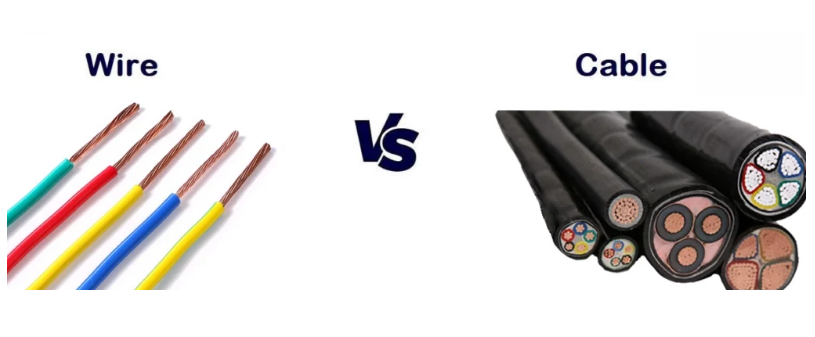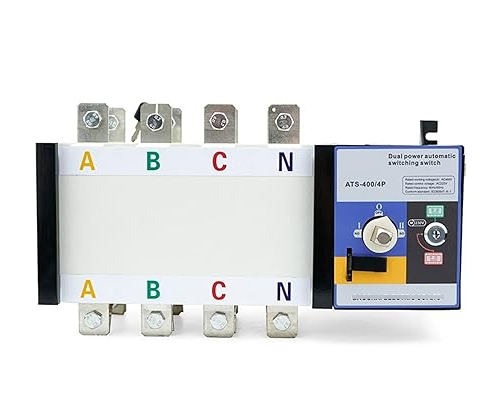Do you know switch mode power supply advantages and disadvantages? This article will introduce you the advantages and disadvantages of switch mode power supply.

1. Advantages of SMPS
As for the SMPS advantages, it includes compact size, high stability, easy operation, high precision, and so on.
1.1 Compact Size
One of the most significant advantages of SMPS is their compact size. Traditional linear power supplies typically rely on large transformers and heat sinks to maintain voltage stability, but SMPS reduce the size of these components through high-frequency switching technology. High-frequency conversion allows transformers and filtering elements to be miniaturized, significantly reducing the overall size of the power supply. This design not only saves space but also makes industrial SMPS power supply easier to integrate into portable devices, electronic instruments, and other applications requiring high integration.

1.2 High Stability
Another important advantage of SMPS is their excellent stability and reliability. Even when there are fluctuations in input voltage or changes in load, SMPS can maintain stable output voltage and current through internal voltage regulation and current control technologies. This is crucial for applications that require strict power supply standards, such as medical equipment and precision instruments.
1.3 Ease of Operation
Although the internal structure of SMPS is complex, their operation interface is designed to be simple and user-friendly. Users can easily adjust parameters such as voltage and current via buttons or knobs on the panel to meet the needs of different applications. This straightforward operation makes SMPS suitable not only for professional technicians but also for general users.
1.4 High Precision
SMPS use advanced feedback control technology and high-precision electronic components to deliver stable and precise output. This makes them particularly effective in applications requiring precise voltage and current control, such as laboratory equipment, communication base stations, and high-end audio systems. The precision of the power supply not only ensures the normal operation of the equipment but also enhances the overall reliability and performance of the system.
In industrial production, a high-precision power supply is crucial for ensuring product quality. For example, in semiconductor manufacturing, even minor voltage fluctuations can lead to defects, but the high precision of SMPS can effectively prevent such issues.
2. Disadvantages of SMPS
The disadvantages of SMPS are high frequency electrical noise and high cost.

2.1 High-Frequency Electrical Noise
Despite the many advantages of SMPS, one of their major drawbacks is high-frequency electrical noise. Because SMPS regulate output through high-frequency switching, this operation inevitably generates electromagnetic interference (EMI) and electrical noise. These noises can affect surrounding electronic devices, leading to performance degradation or even malfunction.
In applications sensitive to electromagnetic interference, such as medical devices and precision measurement instruments, electrical noise is particularly problematic. Therefore, when designing and using SMPS, effective shielding and filtering measures must be implemented to reduce the impact of EMI on the system. Additionally, stringent electromagnetic compatibility (EMC) requirements increase the design and manufacturing costs of SMPS.
2.2 Relatively High Cost
Compared to traditional linear power supplies, the design, manufacturing, and debugging of SMPS are more complex. This complexity includes the need for higher precision components and more sophisticated control circuits and protection mechanisms. As a result, the overall cost of SMPS is typically higher than that of linear power supplies.
Moreover, to address the issues caused by high-frequency electrical noise, SMPS often require additional filters and shielding measures, further increasing costs. In some cost-sensitive applications, such as low-end consumer electronics, the cost disadvantage of SMPS may be a barrier to their adoption.
Conclusion
According to SMPS advantages and disadvantages, you can choose the best SMPS to your application correctly. If you need help in choosing the perfect SMPS solution, contact us to get your nice SMPS solution.






